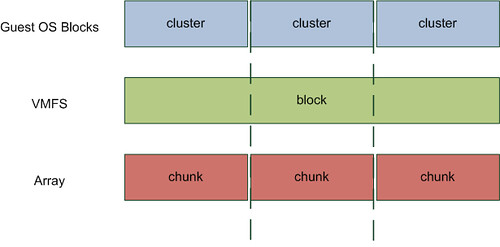Just got noted that the Presentation of the VCDX 3 Preperation Workshop has been published. This Powerpoint presentation was given by John Arrasjid and Pang Chen during Partner Exchange and got a lot of great feedback. For everyone aiming to become a VCDX over the course of the upcoming months this is definitely a must read!
Preparation time
- Plan on working a minimum of 30-40 hours to complete the application and supporting documentation.
Mandatory VDCX documentation
- Architectural design document with diagrams and blueprints
- Implementation and next steps documentation
- Validation/test plans
- Operational plan/guide
- Installation and configuration instructions


